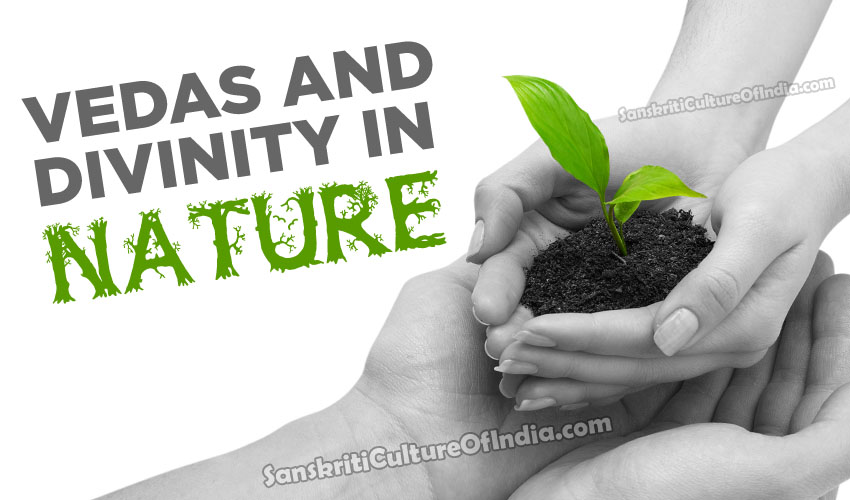Environmental studies deals with every issue that affects an organism. It is essentially a multidisciplinary approach that brings about an appreciation of our natural world and human impacts on its integrity. It is an applied science as it seeks practical answers to making human civilization sustainable on the earth’s finite resources. Its components include biology, geology, chemistry, physics, engineering, sociology, health, anthropology, economics, statistics, computers and philosophy.
As we look around at the area in which we live, we see that our surroundings were originally a natural landscape such as a forest, a river, a mountain, a desert, or a combination of these elements. Most of us live in landscapes that have been heavily modified by human beings, in villages, towns or cities. But even those of us who live in cities get our food supply from surrounding villages and these in turn are dependent on natural landscapes such as forests, grasslands, rivers, seashores, for resources such as water for agriculture, fuel wood, fodder, and fish. Thus our daily lives are linked with our surroundings and inevitably affects them. We use water to drink and for other day-to-day activities. We breathe air, we use resources from which food is made and we depend on the community of living plants and animals which form a web of life, of which we are also a part. Everything around us forms our environment and our lives depend on keeping its vital systems as intact as possible.
Our dependence on nature is so great that we cannot continue to live without protecting the earth’s environmental resources. Thus most traditions refer to our environment as ‘Mother Nature’ and most traditional societies have learned that respecting nature is vital for their livelihoods. This has led to many cultural practices that helped traditional societies protect and preserve their natural resources. Respect for nature and all living creatures is not new to India. All our traditions are based on these values. Emperor Ashoka’s edict proclaimed that all forms of life are important for our well being in Fourth Century BC.
The Vedic Aryans were children of nature. They studied nature’s drama very minutely. Sand-storm and cyclone, intense lightening, terrific thunderclaps, the heavy rush of rain in monsoon, the swift flood in the stream that comes down from the hills, the scorching heat of the sun, the cracking red flames of the fire, all witness to power beyond man’s power. The Vedic sages felt the greatness of these forces.
They adored these activities. They appreciated these forces. They worshiped and prayed them due to regard, surprise and fear. They realized instinctively that action, movement, creation, change and destruction in nature are the results of forces beyond men’s control. And thus they attributed divinity to nature.
Divinity to Nature:
Rigvedic hymns could be divided into many parts, but their main part belongs to Natural hymns, the hymns related with natural forces. Yet Vedic gods are explained in different ways by the scholars of India and West, but speaking generally, the hymns addressed to deities (Devata) are under the influence of the most impressive phenomenon of nature and its aspects. The word Devata means divine, dignity which is bright, strong, donor, and powerful.
In these hymns we find prayers for certain natural elements such as air, water, earth, sun, rain, dawn etc. The glorious brightness of the sun, the blaze of the sacrificial fire, the sweep of the rain-storm across the skies, the recurrence of the dawn, the steady currents of the winds, the violence of the tropical storm and other such natural energies, fundamental activities or aspects are glorified and personified as divinities (Devata).
The interaction with nature resulted in appreciation and prayer but, indeed, after a good deal of observation. Attributes assigned to deities fit in their natural forms and activities, as Soma is green, fire is bright, air is fast moving and sun is dispenser of darkness. The characteristics of these forces described in the verses prove that Vedic seers were masters of natural science.
In Vedic view, this world consists of Agni i.e., fire or heat and Soma i.e. water. Sun (Surya) is the soul of all which is moving and also of which is not moving. Indra is most powerful god who kills Vritra, the symbol of cloud to free waters. Vritra means one who covers and is derived from the root vri, to cover. R.R.M. Roy opines that the main force of expansion in the Vedic cosmology is Indra, and his chief adversary, the main force of contraction, is Vritra. Maruts are Indra’s associates. Vedic seers pray boldly to these natural forces and aspects for bestowing plenty and prosperity on them.
Aditi is praised as Devamata, the mother of all natural energies and she symbolizes the Nature.
~ Dr. A.R. Anil Kumar










